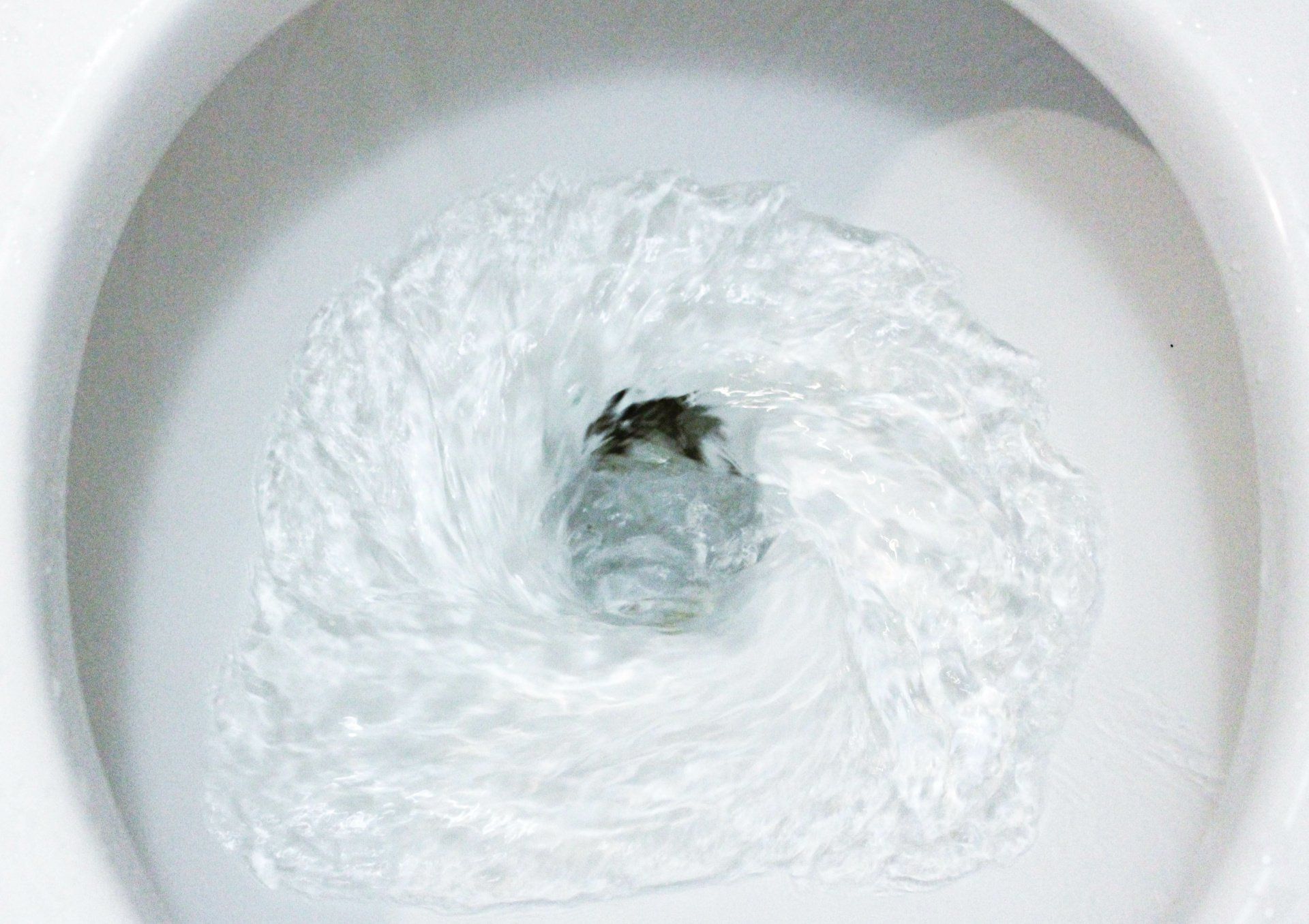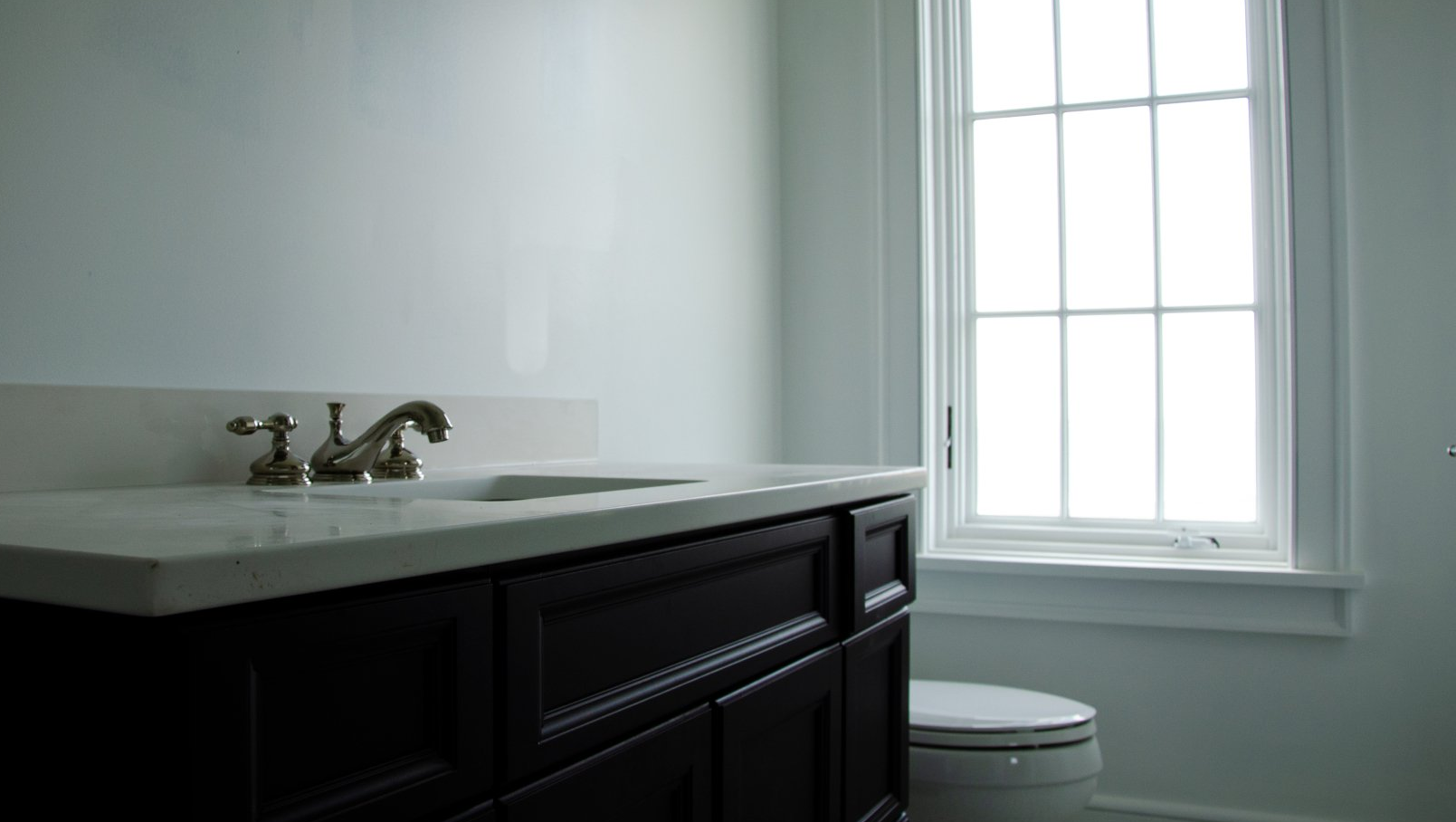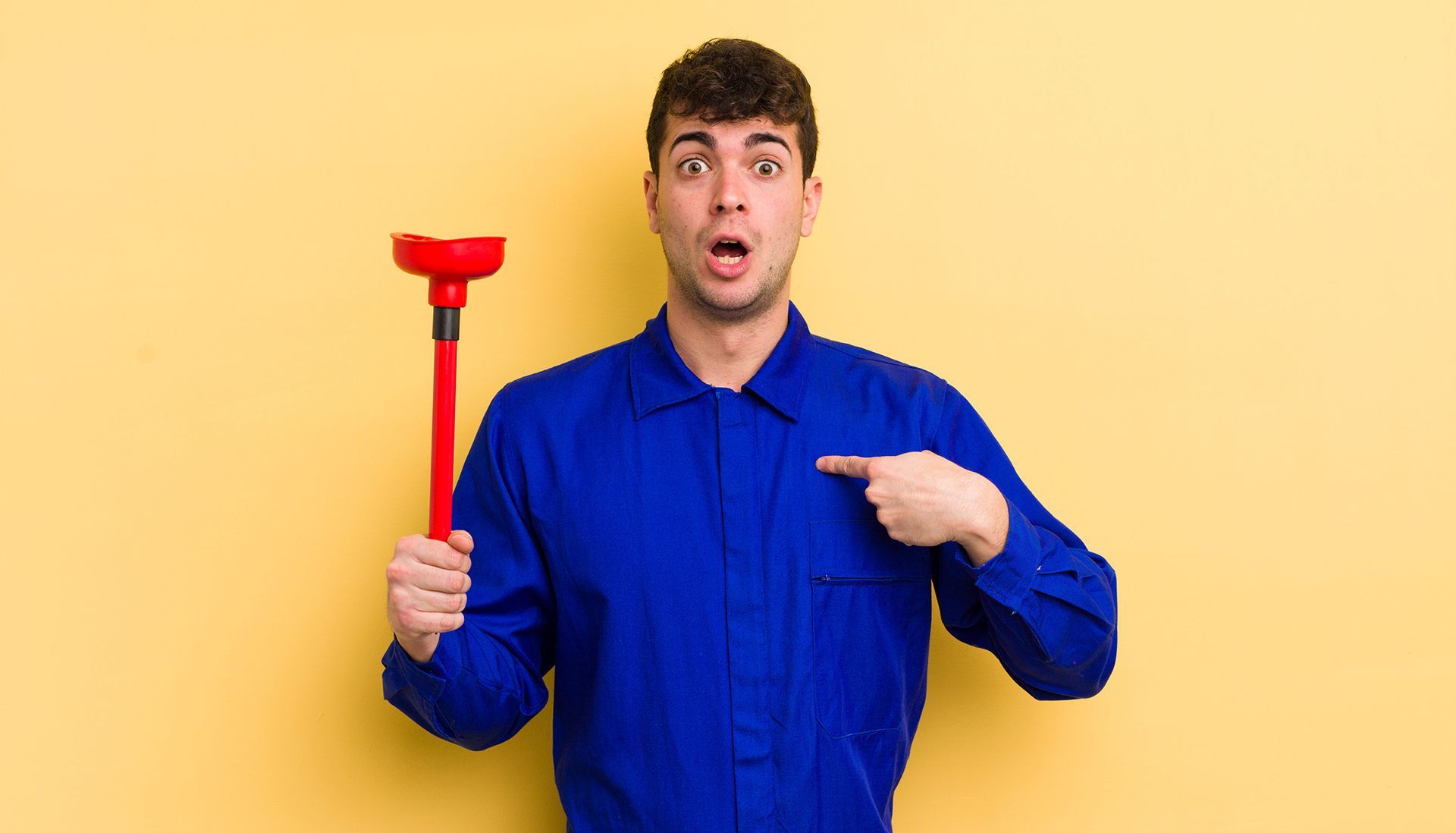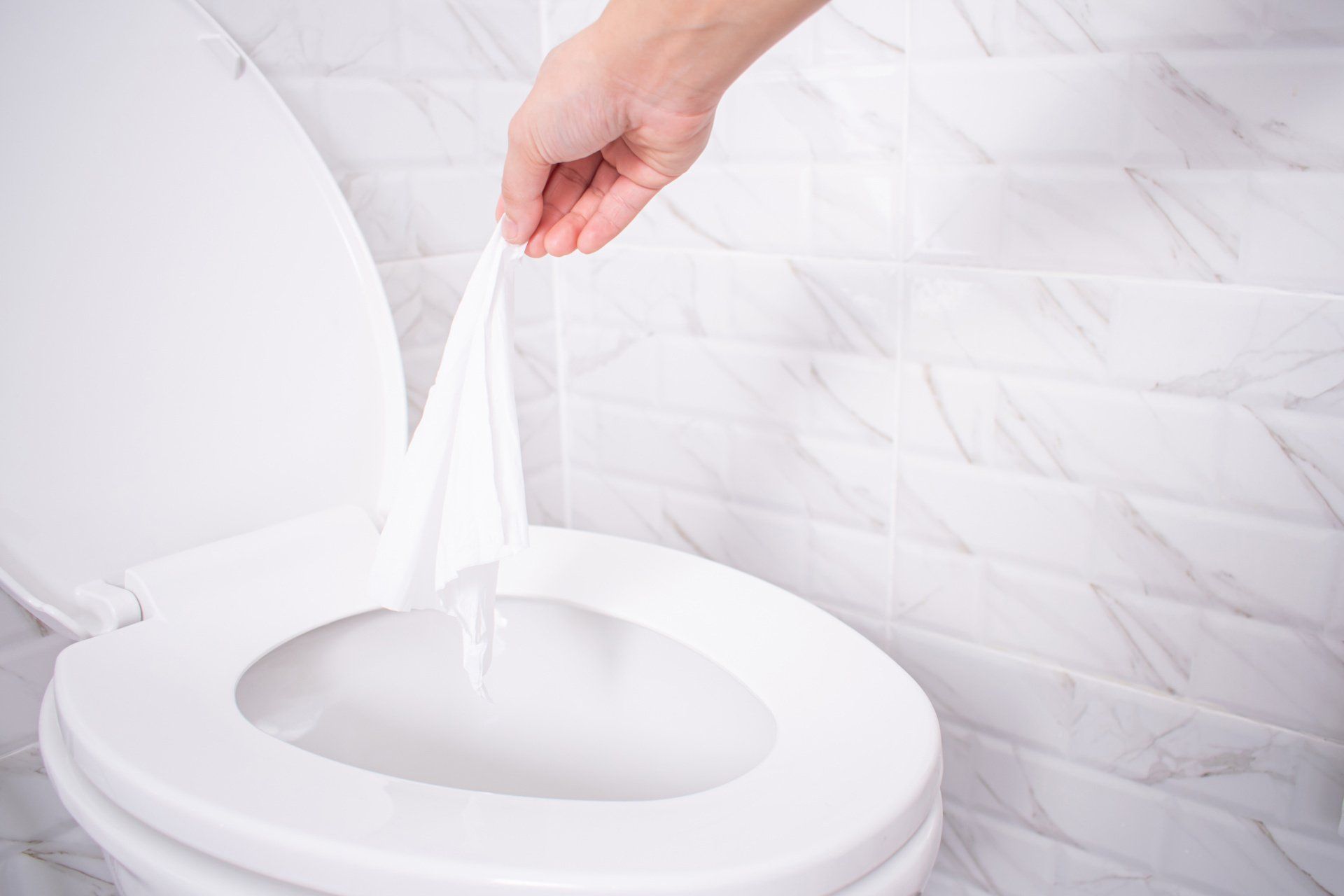Potential Causes of a Continuously Running Toilet
A toilet that continuously runs can squander hundreds of gallons of water. It is an important problem to address because it won’t fix itself. Fortunately, fixing the issue is usually relatively easy and pretty inexpensive to fix. Though many beginners may have trouble with the toilet assembly. For that reason, this project is better suited to individuals with some plumbing experience.

Your Refill Tube is Malfunctioning
If the refill tube is too long and isn’t positioned properly in the overflow tube it can constantly pump water into the bowl. The refill tube malfunctioning causes the toilet to run because the refill valve will create a suction effect that pulls water out of the fill valve.
Flapper Problems
The most common reason for a running toilet may be an old flapper that needs to be replaced. When flappers get old, they don’t seal the way that they should and it allows water to pass constantly from the toilet tank into the bowl. You’ll want to drain the water from the tank before you replace it. As well as shut off the water supply to the toilet and flush it to drain the water. If the chain is too long on the new flapper, you may have to shorten it. Remove the old one by detaching the chain and taking the flapper off the pins on the side of the overflow tube. To attach the new one connect the chain and attach the sides to the pins.
Worn Gasket
The worn gasket is the seal between the tank and the bowl.
Problems with the Float Ball
The float ball is a small ball that sinks when the tank empties with a flush and opens up the inlet valve on the fill tube. When the tank is filling, the float ball rises, which closes the valve and stops the filling process. If the float ball is misaligned or malfunctioning in any way, it might not allow the valve to close completely and the water will continue to run.
The Flush Valve Chain Is the Wrong Length
The chain is what is used to pull open the flush valve and allows fresh water into the tank as the used water is flushed out. If the chain is too long or too short then it may interfere with the ability of the flush valve to properly close.
You might also like



